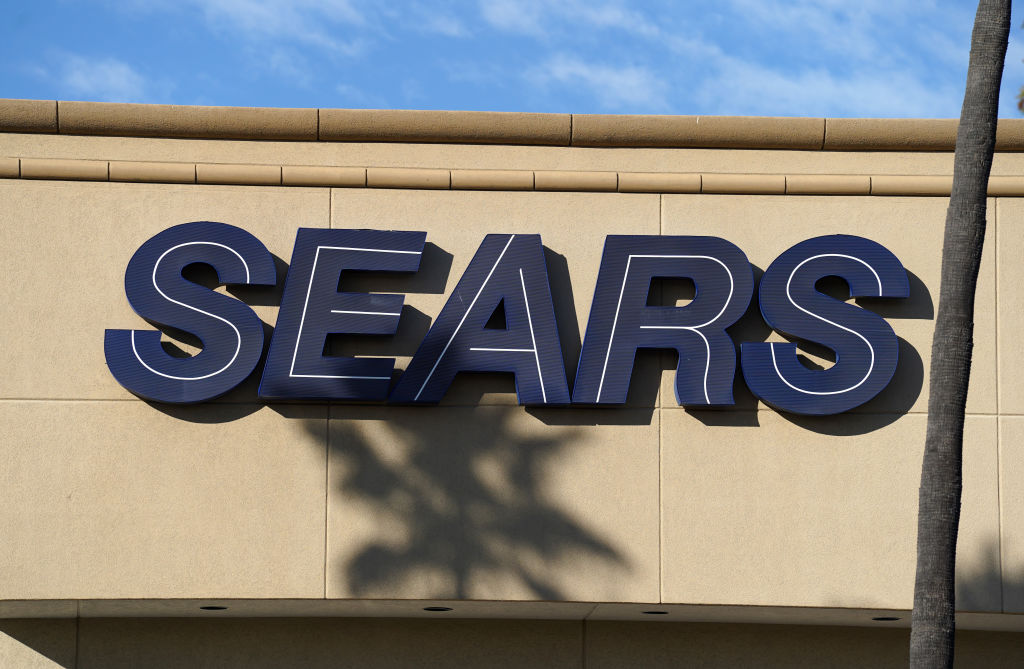
(Bloomberg) — Eddie Lampert won a bankruptcy auction for Sears with a plan that will keep the bankrupt retailer in business and seek to save tens of thousands of jobs, according to a person with knowledge of the discussions.
Lampert’s bid prevailed over competing proposals from liquidators that would have forced the 126-year-old department store chain to shut down and sell its assets. The bid is valued at over $5 billion and represents an improvement of more than $150 million over the hedge fund manager’s previous offer, the person said, asking not to be identified because the talks are confidential.
The agreement, reached in the wee hours of Wednesday, caps two days of discussions behind closed doors in New York to determine whether Sears would be worth more dead or alive. Sticking points during the talks had included whether Sears Chairman Lampert should be insulated from lawsuits over his previous turnaround deals for the company, Bloomberg previously reported. The final agreement doesn’t include such a release for Lampert, the source said.
Representatives for Sears Holdings and at ESL Investments, the hedge fund run by Lampert that made the offer, didn’t immediately respond to a request for comment outside business hours. The agreement still needs to be approved by the U.S. judge overseeing the bankruptcy.
Turnaround Challenge
ESL is Sears’s biggest shareholder and creditor. Lampert now faces the challenge of returning a slimmed-down version of the company to profitability, after billions of losses under his management.
The winning bid is the latest in Lampert’s long list of maneuvers to turn the company around. Since engineering the $12.3 billion acquisition of Sears by Kmart in 2005, Lampert has shuttered hundreds of money-losing stores, cut more than $1 billion in annual expenses, and spun off units such as Lands’ End Inc.
The retailer, for years called Sears, Roebuck & Co. and famous for its massive catalog, boomed in the decades after World War II along with a growing middle class. But it wasn’t able to keep up with shifting consumer habits as online rivals including Amazon.com Inc. siphoned off shoppers, while turnaround efforts were hobbled by mountains of debt.
Sears sold everything from Craftsman tools to Kenmore appliances, but it lost its footing in the 1980s with expansions into financial products such as banking, mortgages, insurance and credit cards. Walmart Inc. supplanted Sears as the biggest retailer in the early 1990s.
The company was started by Richard Sears, a train station agent in Minnesota who began selling watches by mail in 1886, according to its website. He soon partnered with watch repairman Alvah Roebuck.
More Must-Reads from TIME
- Donald Trump Is TIME's 2024 Person of the Year
- TIME’s Top 10 Photos of 2024
- Why Gen Z Is Drinking Less
- The Best Movies About Cooking
- Why Is Anxiety Worse at Night?
- A Head-to-Toe Guide to Treating Dry Skin
- Why Street Cats Are Taking Over Urban Neighborhoods
- Column: Jimmy Carter’s Global Legacy Was Moral Clarity
Contact us at letters@time.com